Being logical won't work
Or, The Rational Case for You to Use Deeply Emotional, Embarrassingly Uninhibited Feelies
Please, FOR THE LOVE OF ALL THAT IS GOOD, let’s abandon logic, k?
In the last episode of Let’s Go Again, I suggested we stop trying to break into the dying industries (film! publishing! art! music!). When people are running en masse for the exits, it’s worth it to look around and assess the situation. So we should be asking ourselves:
What is the point of “breaking in”?
We don’t want corny titles. We want to be artists.
We don’t want a $100 stipend. We want financial security.
And we certainly don’t want to sanitize our work into a commodity. We want to make art that comforts the disturbed, and disturbs the comfortable1.
At this point, logic might tell us: JUST GET YOUR FOOT IN THE DOOR WITH A BIG BREAK, THEN YOU CAN MAKE THE STUFF YOU WANT TO MAKE!
But you and I can cut the pretense, right? We know that’s not how it works.
It’s more like…
You get your foot in the door and it gets wedged in the doorway, because OH LOOK it’s a revolving door, and OH GEE it only works if you shuffle along in a tiny little box as dictated by the Studio Heads Doorway Bosses, and OH WELL you get shoved out if you try to revolve the other way...
TO 😩 WHAT 😤 END 😠 ARE WE 😡 PURSUING 🤬 A BIG BREAK?!?!
I apologize for the dramatic formatting and increasing hostility of emoji, but this is madness. Sad, futile madness.
And when faced with madness, you may find yourself cozying up to logic: that smooth, chilled, unoffensive apéritif of thinking. So sensible. So reasonable.
And yet…
Have you ever sat in a movie theater, hand poised over unevenly buttered popcorn, cheekbones lit like Nicole Kidman in the glow of the big screen, and felt with your entire body that you were experiencing something you’d never be able to explain to your roommate who stayed home because you just had to be there?
There’s a term for that: embodied cognition.
And if you’re an artist, embodied cognition is your hand to play.
Leveraging Embodied Cognition is Very Powerful and Not Enough Indie Artists Do It
Embodied cognition, to oversimplify it, is a set of theories suggesting we learn through our bodies, not just our big brains. It suggests we know something because of our somatic experience, not just our intellectualization of that experience.

Put it like this:
👨🚀 You’re sitting there, watching Matthew McConaughey grip the String Theory-side of the bookshelf separating him from his young daughter. The camera holds on Matty’s tortured sobs as he comes face to face with profound, devastating grief. Your guts feel something shift before you can form a thought. You just know it hurts.
🎷 You’re listening to an instrumental lo-vol jazz funk band on your Audio-Technica headphones and something about the cascading riff makes you remember something you can’t quite name. You shudder-cry. When your partner asks you what’s going on, you have no idea, it just came over you.
📕 You’re reading Octavia Butler and feel sick to your stomach as her last line sucker-punches you. It feels like you land face first in the dirt of her dystopian road trip and get a mouth full of it. Now you’re metaphorically clawing your way back up from the ground because you just got the wind knocked out of you.
It’s obvious what I’m getting at, right?
Art makes us feel things in our bodies.
When artists leverage this embodied cognition, we don’t just become part of the culture2, we change the culture.
That’s a BIG BIG deal.
Because when people feel something THAT deeply, on the cellular, physical level, there is no going back. You can’t unring the somatic bell.
So when the sad, futile madness of trying to break into dying industries starts to penetrate our dura mater, and we feel oh so very tempted to lean into logic (hacks! tricks! tips!),
how do we free ourselves from logic and leverage the elegant & powerful hand of embodied cognition instead?
I’m so glad you asked.
Let’s use the Residual-Dominant-Emergent framework as explained by Florencia Lujani in “How to Identify Cultural Patterns and Improve Your Strategic Thinking” to answer that.
Residual Pattern: Risky & Expensive-to-Make Experiences
Residual cultural patterns are patterns of cultural behavior that are dying out. They old. They used to be the dominant way of doing things, but they’ve been replaced.

EXAMPLE: Movie Theaters
The old residual reality was audiences watching movies in a theater. You needed a few million dollars to make the movie (risky). A theatrical success was calculated by box office receipts (also risky). And people truly engaged with your film because they actually watched it (very risky).
Dominant Pattern: The Over-Indexing of Logical AI Slop & Safety!
Dominant cultural patterns are the ways things are right now. They’re mainstream. They’re obvious to everyone. You don’t need a PhD to recognize the dominant patterns. They’re loud.
EXAMPLE: Streamers
We spend $10-$20 on a monthly data collection subscription service to merely have access to movies. Whether we watch the movie or not, the streamer still gets paid. So the streamers don’t really care if we feel compelled by the FILMS. They care if we feel compelled by the ACCESS TO THE FILMS.
We spend an hour scrolling through AI slop and sludge, or toggling between the same-same marketing of executive-demanded four quadrants, and so we end up hovering on the home screen instead of ever clicking play. Add this to our economic reality: most movie-going Americans bristle at dropping $20 on a movie ticket for a movie they may or may not like. Going out to watch a movie is a big risk. The dominant reality of streaming feels safe.
Emergent Pattern: Risk-Taking Through Niche-POV, World-Building, Quality-of-Life Events
Emergent cultural patterns are outliers. Little deviations from the dominant culture popping up here and there. Signals that something new is coming.
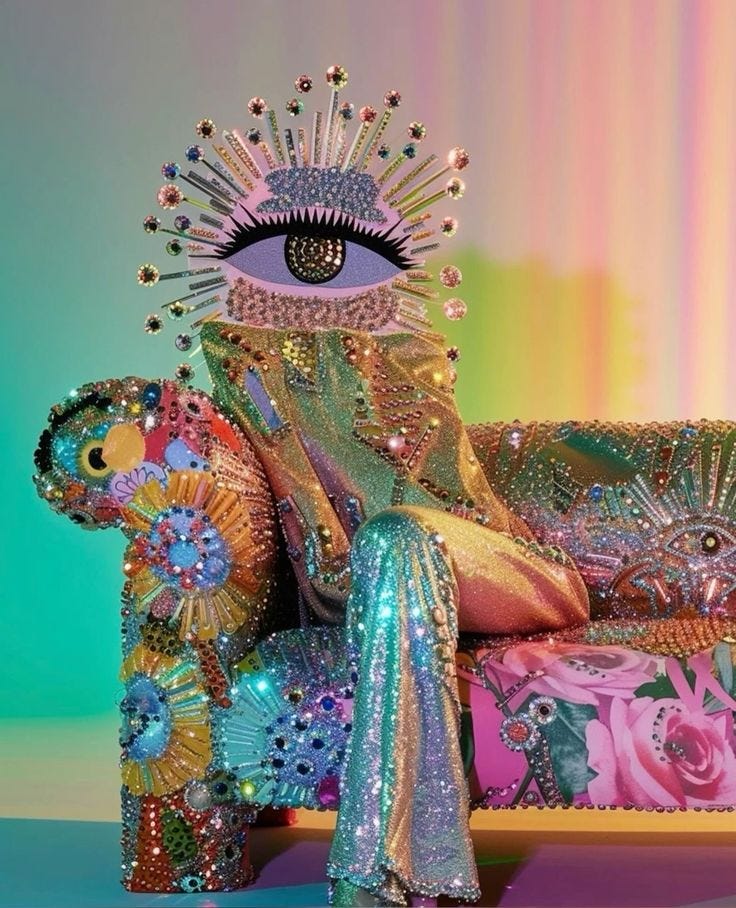
EXAMPLE: The Independent Class
The Independent Class is a group of artists and thinkers who are world-building to a) wrest control from the corporations/studios/monopolies, b) put the power back in the hands of working class artists, and c) reach audiences who want to feeeeeeel something.
Casual!
You’ll notice this happen when an indie author hosts a Silent Book Club or Reading Party. Or when you can literally buy the class “How to Play the Bass” from your favorite indie bass guitarist. Or when an indie filmmaker documents their entire production process on Substack before the film is even released.
These events require a level of risk to be a part of: going out to a Reading Party requires more social skills and self-awareness than reading at home.
They focus on niche Points of View: learning the philosophy of a bass line is decidedly not mainstream.
And they create full worlds for you to enter: you are brought inside of the production process and the film ends up meaning much more to you because of it.
The Independent Class is emerging, and will only become more dominant.
So, how do we work at the cutting edge of this emerging reality?
As independent artists, we must MUST make things and do things that have a ring of truth in them.
That’s because when something is true, you can feel it. Something just feels right. And when your audience feels that from your work, you become very powerful.
BUT! WARNING!:
The ring of truth can’t just be in your artistic work. It needs to show up in everything you do.
A Few Ways 21st Century Artists Can Leverage World-Building & Embodied Cognition
aka, A List of Things You Could Do to Be Super Duper Powerful and Unstoppable and Quite Honestly a VISIONARY PIONEER Rising from the Disappointing Drivel of AI Slop!
1. CREATE WITH A REPERTORY-STYLE COMPANY
Build your world through collaborations. Maintain your collaborations over time and space. Don’t just have one-off, transactional dates.
Have marriages. Make multiple art-babies. Find depth within relationships and collaborations that push you to unmask yourself to the world. Let people see you all evolve together. People will feel depth.
2. MAKE REALLY FUN TRINKETS
Oh yes. Trinkets. I’m serious. What builds a world better than merch? Or a zine? Or a poster? Or a sweatshirt? People love to touch things.
Do you think anyone thought they needed hot dog fingers before A24 put their goofy EEAAO little hot dog finger trinket up for sale? Of course not. Did many many people buy said trinket? Of course they did. Because it’s random. It’s ridiculous. It’s delightful. People will feel fun.
3. DEMAND NOTHING OF NO ONE
When you market your art, do not ask, or worse demand that people get it. Demand nothing of the audience. Give all you have. Release expectations. Practice being charismatic, which according to Carmen, is “to have little tension in [your] attentional field”. What does that mean practically?
Ease up. Make marketing feel more like you’re close-whispering a secret to your crush at an obnoxiously loud house party than ~posting your face 3x a day 5x a week as tribute to the gods of the a L g o R i T h m~. People will feel charisma.
4. CREATE COOL PORTALS
You know what’s fun? Discovering Before Sunrise for the first time in 2025 via MEMES, randomly throwing it on my TV, melting down because it’s so good, and then going on Threads to say so, only to be met with 50 strangers telling me THEY’RE SO HAPPY FOR ME THAT I’VE DISCOVERED THIS PERFECT FILM.
You know what’s not fun? Getting an email from the director Richard Linklater telling me to watch Before Sunrise because he worked really hard on it and it means a lot to him3. The portals — they’re not for us, they’re for them. Make a meme. Give a talk. Post a photo. It is SO MUCH FUN to discover something for yourself. Give people the chance to discover what you’re making. People will feel surprise.
5. USE CONSTRAINTS WITH A FLOURISH!
As Stacey Parks notes, “‘pitching for a green light’ is dead again.” What does that mean? It means, as Mark Duplass famously said, the calvary isn’t coming to save us! We are the calvary. So that means, our constraints — our lack of money, connection, time — IS the solution.
Our impediments are our instructions. We just need a bit of courage to walk where there is no path. Don’t be so precious about production value. #&$k production value. People will feel courage.
Octavia Butler said it best so I’m not going to paraphrase this! She said:
Tell stories Filled with Facts. Make People Touch and Taste and KNOW. Make People FEEL! FEEL! Feel!
When you make someone feel, you make someone know.
When you access the truth in yourself and your work, your audience will access the truth in themselves. And that is the emerging moment when you are poised to change the culture into something more beautiful, humane, glorious, goofy, exuberant, and vital.
Logic could never.
But feelings? They certainly could.
📣 Tell me in the comments: Do you see other examples of the emerging Independent Class?
If you’re part of the Independent Class, here are some resources for you:
To work on vision: The Artist Timeline Quiz
To work on revenue: 52 Revenue Stream Ideas for Independent Artists
To work on collaborations: The Lone Creator’s Guide to Getting Connected
So said Cesar Cruz!
When Hopsin found out Eminem referenced him in a song, he was so excited and said maybe the most endearing thing of all time: “He said ‘Don’t tell ‘em about the culture’ Implying that… I’m part of the culture!”
lol to be clear, this did not happen






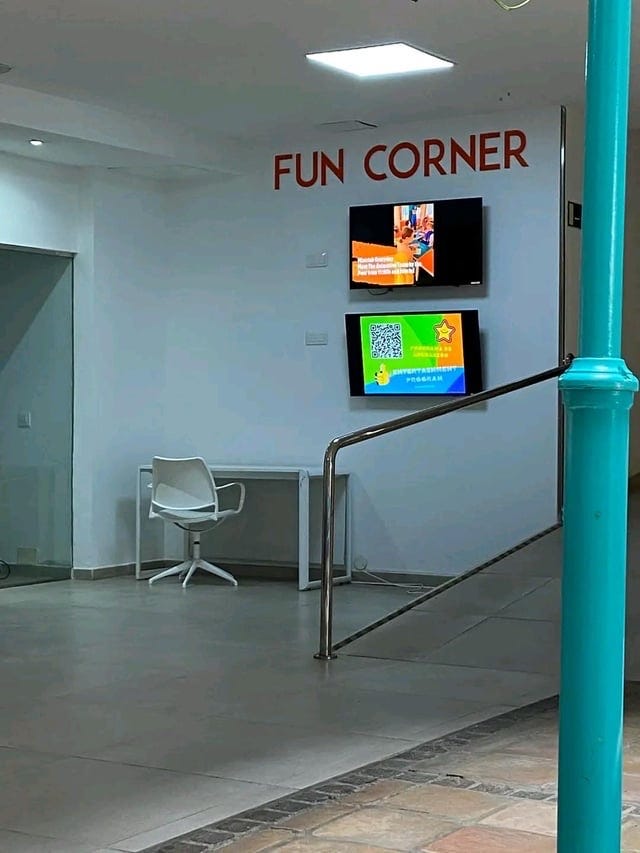
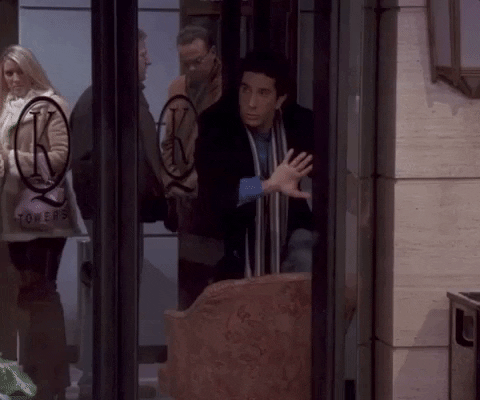
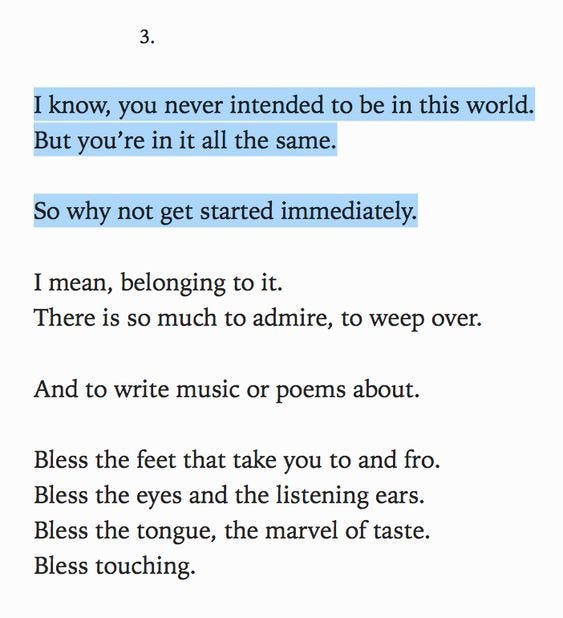
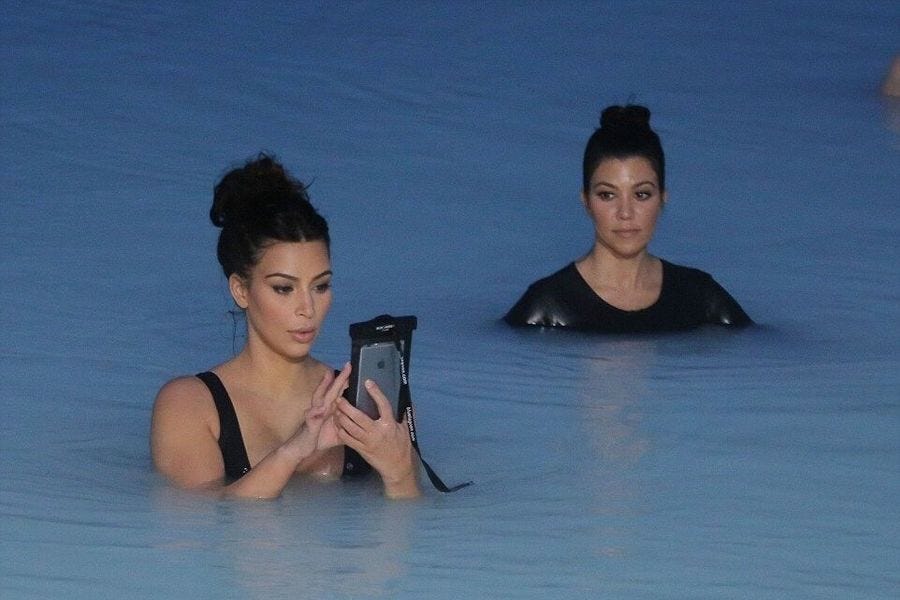
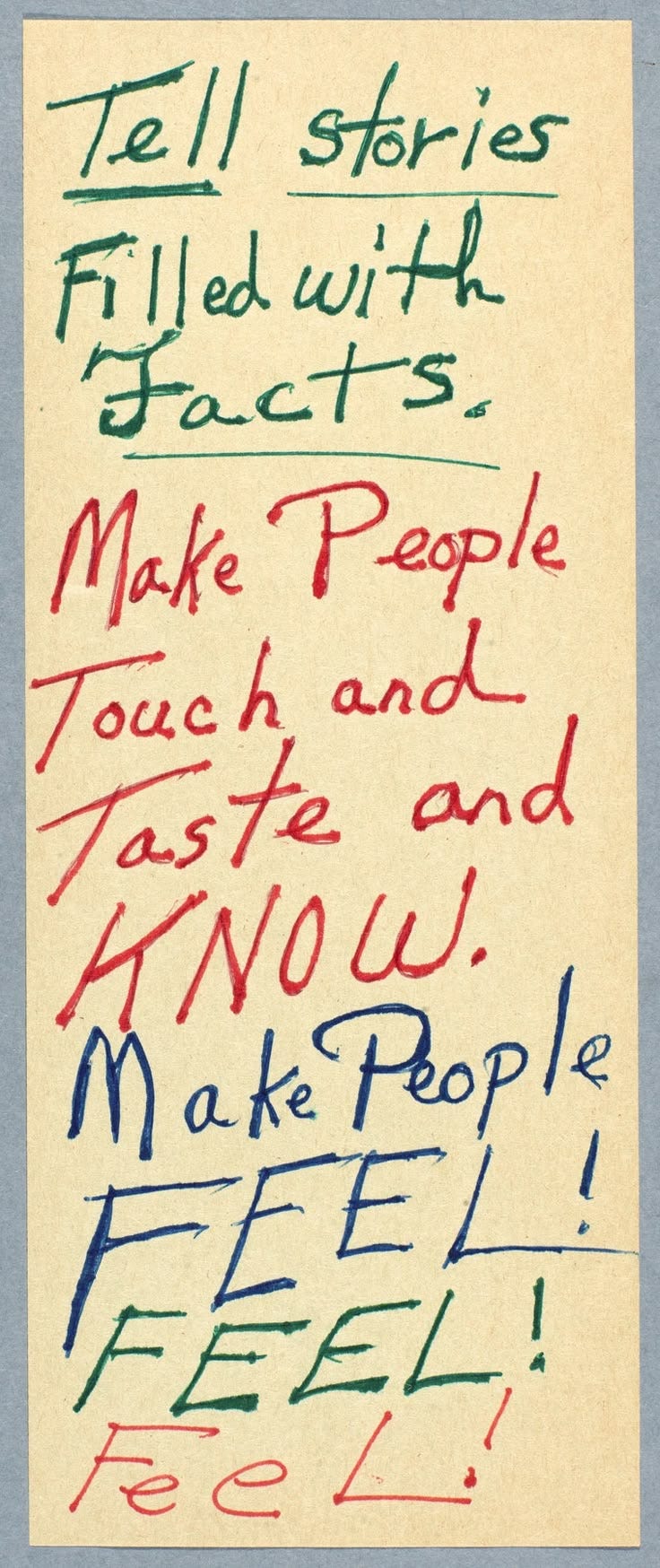
This spoke to me, and I love the idea of almost physiological impact: Making someone laugh so hard they cry, or making someone cry so hard they hurt, or making someone pee their pants out of sheer fright…
That said, I would caution against labeling any human-made entertainment as “slop” even if it is four quadrant, and even it does appear on a streaming service.
I guarantee there were a lot of creative people who worked really hard on it and their goal was almost definitely to elicit emotional impact, even if it’s an episode of Intercourse Island and that emotional impact is 😬. If I watch something and that emotional impact is lost on me, I try to concede “It’s not for me” and reserve further judgment. (Operative word being “try.”)
EVERY WORD OF THIS IS BRILLIANT!!!! Wow. Thank you - for reminding us what tech bros will never figure out. people want to FEEL. there is no formula. there is how do we make people feel?